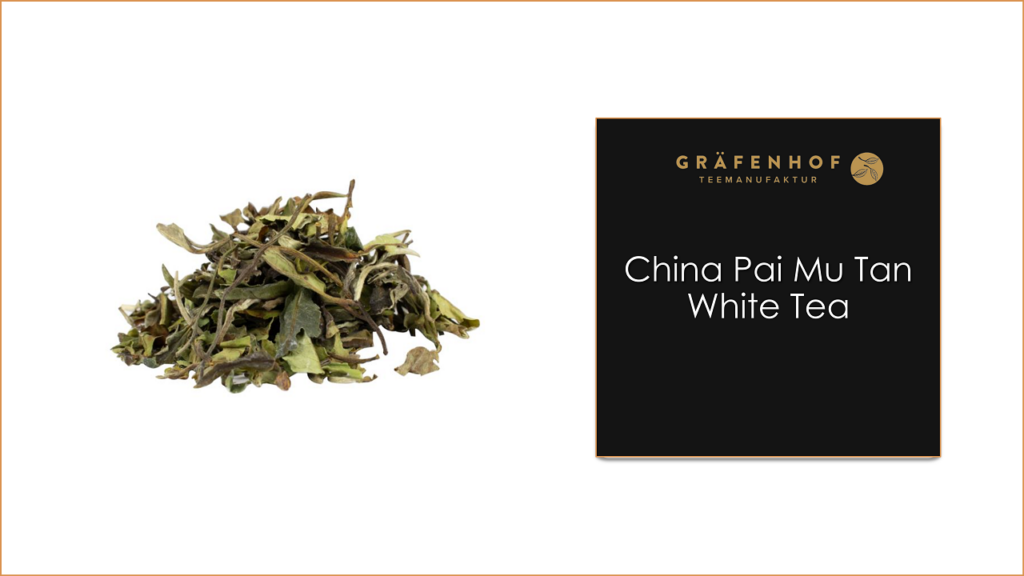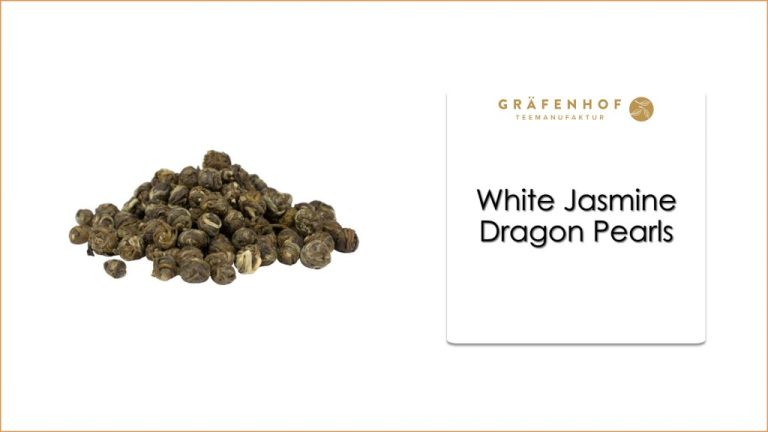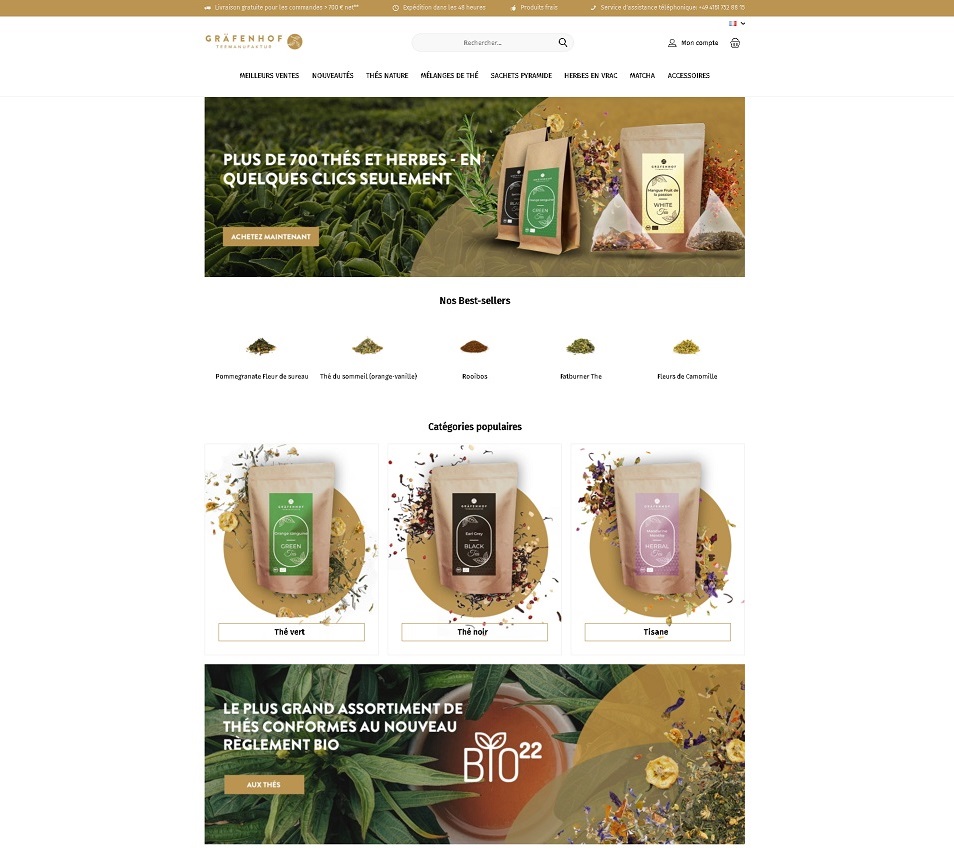White Tea: Origins
Sometimes referred to as Champagne Tea, white tea is only considered an original product that is grown in the authentic region of Fujian province in China.
According to the analysis of Ming dynasty texts, it seems that the method of making white tea was already practiced in this period, since books from the 16th century refer to a tea obtained from sun-dried and unrolled leaves, whose quality would exceed that of traditional, heated tea.
The Legend of the Imperial Tribute or Tea Tax
During the early Chinese imperial dynasties (between 600 and 1300), a tea custom developed as tea drinking and tea culture flourished throughout the country.
The custom was for citizens to pay tribute in the form of rare and fine teas to the emperors of the time. In many ways it was a kind of taxation, in this case a tax on tea. This imperial tribute to tea was typically made from the newest, newest, and most delicate buds of the finest tea plants.
These often secret imperial tea gardens were developed to cultivate these rarer and more honorable types of teas. These imperial tributes to tea are considered the earliest forms of white tea, but they are not the white tea we know today.
The origins of modern white teas can be traced back to the 18th century Qing Dynasty, around 1885.
The great white tea cultivar Baihao Yinzhen is attested to as early as the late 18th century, during the Qing dynasty, but the buds used were then less long and fluffy than today. With the introduction of the Dabai cultivar in 1857, the quality improved and the modern method of making white tea was established in 1885, when specific varieties of tea bushes specially selected for making white teas were selected and introduced into Fujian.
The introduction of the new bushes and natural processing methods that did not incorporate any steaming or pot-burning into the creation of tea from the plants indigenous to the Fujian province region gave rise to this type of tea.
This natural processing of the leaves of these varieties resulted in leaves that were thin, small, and did not have much silver-white hair.
Expansion and New Types
Some of the most popular varieties today appeared around 1922, a few decades after the new production methods were introduced, when teas such as the large silver-white leaves of the silver needle (Yin Zhen) in 1891 and the white peony (Pai Mu Tan) appeared. Since then, many others have followed.
White tea then became a quality product, sought after by connoisseurs who abandoned the poor quality mass production that was emerging at the time (notably due to the development of plantations in the British and Dutch colonies), and were exported to the Chinese communities of Southeast Asia and also to Europe, where they found some success.
Then, in the 1920s, to meet the growing demand for white tea that could not be met by high quality production, the cultivation and manufacture of Baimudan developed in Jianyang and then Zhenghe.
In the 1960s, this tea was adopted in Songxi and Fuding regions and new manufacturing methods were introduced to expand production, sometimes incorporating leaves picked late in the year




